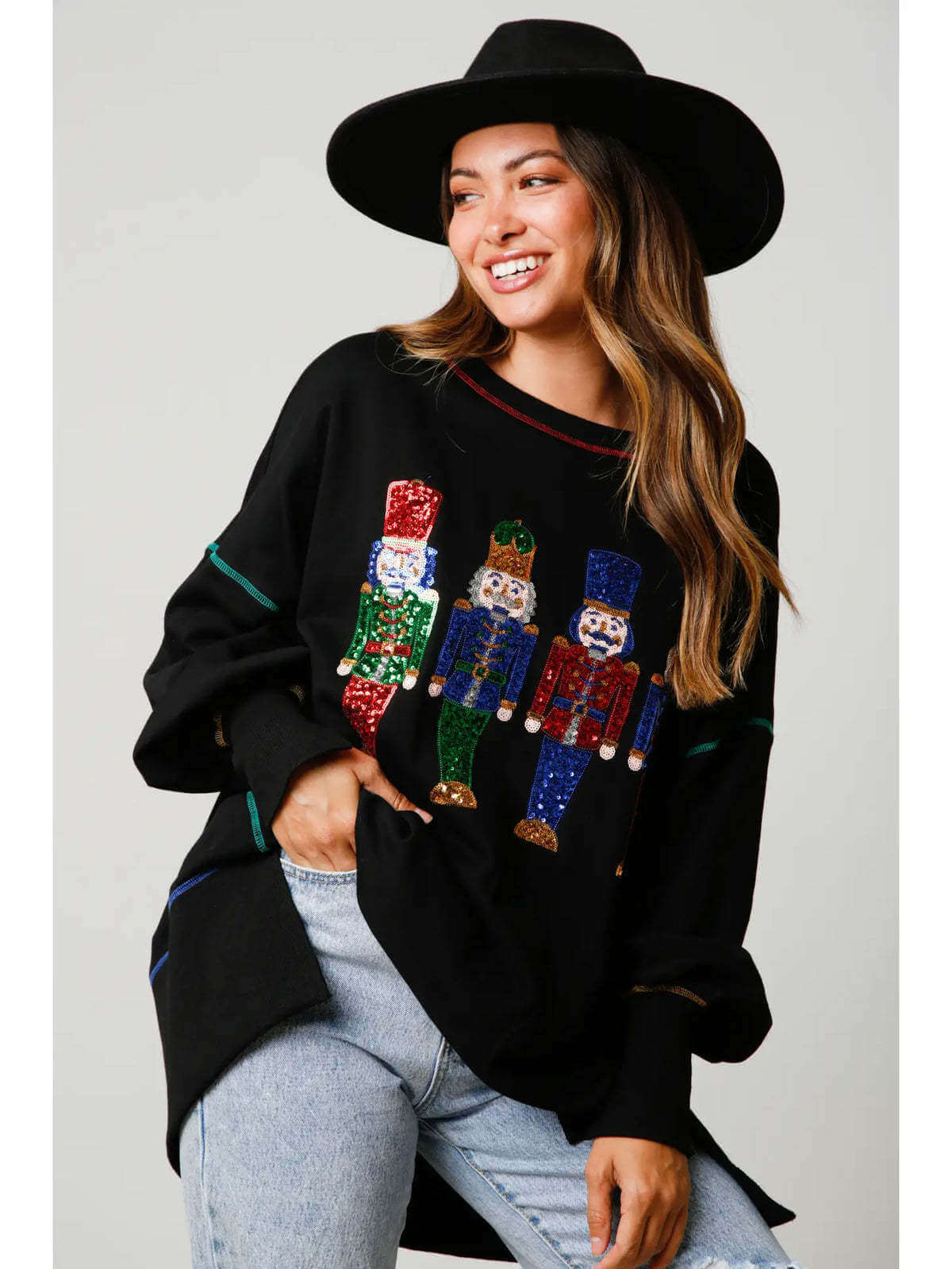The fashion industry’s embrace of 3D printing is a symbol of its long history of integration with art, craftsmanship, and technology. From the new weaving techniques of the 19th century to the development of synthetic fibers in the 20th century, and to Hussein Chalayan’s mechanized dresses in the mid-2000s, designers often push the boundaries of fashion. The latest attempt at 3D printing reminds us that the possibilities are infinite.
3D printing of natural fabric joints
Source: yarden tzarfati
Yarn Tzarfati’s clothing collection “unboxing” showcases the technological development of a flexible textile made from 3D printed equal sized T-pieces inspired by packaging patterns. This new type of textile focuses on the “zero waste” principle by creating recyclable 3D printed joints and maximizing the use of natural fabrics to reduce waste.

3D printed bikini
Source: continuum fashion
The “n12” bikini is the first fully 3D printed ready to wear garment. The bikini showcases the complexity of this technology and the technical challenges of creating flexible surfaces. Thousands of circular plates are connected by thin springs, creating a new material that maintains its shape while also being flexible. Nylon 12 is the origin of the name bikini and its printing material, which is very suitable for swimwear because it is naturally waterproof.

3D printed yarn panel
Source: rick tegelaar
Dutch designer Rick Tegelaar uses undervalued materials such as wire mesh and scrap wood. By re examining these materials, new applications of these elements have emerged. Through practical experiments and theoretical research, it has been found that Kebang’s 3D printing capability is exceptionally outstanding. He customized the FDM (fused deposition modeling) printing process for Kebang yarn. The interdisciplinary team has been experimenting with Colback, a non-woven fabric manufactured by Low&Bonar.

3D printing of colored fabrics
Source: Stratasys
Relying on Stratasys’ unique inkjet technology, over 600000 different colors can be 3D printed using Agilus30 CMY ink. This machine is designed specifically for 3D printing onto fabrics using VeroVivid resin and Vero ContactFlex, a transparent coating designed to provide a soft and smooth feel. J850 TechStyle can print on various materials such as denim, cotton, polyester, linen, and leather, with print quantities ranging from single pieces to tens of thousands of pieces.

3D printing thick fabrics
Source: Sarah Saunders
Goldstein uses 3D design and printing technology to directly print the clothing series on thick fabrics. Designers have always been passionate about using 3D printing and scanning technology to find the intersection of technology and craftsmanship, and are committed to breaking the boundaries between handmade and machine made fashion items.

3D printed flexible stone veneer carpet
Source: dominik raskin
The work brings objects with computer origins and shapes into the tangible world. To create a ‘stone carpet’, referencing the low polygon art style, this is a very popular method on the internet, originally a 3D modeling technique that achieved fast rendering speed due to its polygon resolution.

3D printed knitted accessories
Source: sxema
Sxema has partnered with a local knitwear factory to reinterpret typical post Soviet architecture into a unique 3D printed fashion accessory collection. Influenced by the Russian panelki atmosphere, this collection offers a range of knitted accessories including scarves, hats, and balaclavas, while adopting derivative design principles. These models are constructed in 3D and placed into a jacquard machine. Therefore, automation of clothing production and the entire creative process has been achieved.

3D printed rainbow wing skirt
Source: Stratasys、Travis Fitch、threeASFOUR
The Chro Morro collection is popular at New York Fashion Week shows. The inspiration for this series comes from the rainbow and microscopic colors produced by the light filtering of butterfly and insect wings, created using a new technology of 3D printing directly on fabrics. The dress is made with a lens effect designed by Stratasys. This effect itself is achieved by directly 3D printing fish scale sized spherical cells made of photosensitive polymers onto polyester fabric. Each 3D printed battery is composed of a transparent lens with colored stripes inside. The result is a skirt consisting of 27 components and thousands of 3D printed units, with each movement changing color.

3D printing Braille filament clothing
Source: Clare Scott
Using FDM 3D printing and natural, compostable materials to make clothing, she came up with a highly creative design concept: she printed Braille 3D printed text directly onto fabric to create customized secret messages. Using natural and easy-to-use materials and techniques to create a range of charming and wearable clothing.

3D printing of multi material fabrics
Source: Honghao Deng、 Jiani Zeng
Predict opportunities for product designers and institutions to use multi material 3D printing for material creation. With the help of multi material 3D printing, the future of product development is possible, and the design of surface details, textures, and refractive indices can be combined with the overall product combination. With the help of voxel printing function, a deep material interface was designed and tested, and positive behaviors with visual and functional significance for users were explored.

10 Design Examples of 3D Printed Clothing
1. 3D printing of rose petal clothing
Source: generalelectric via Reddit
Zac Posen collaborated with GE Additive and Protolabs to launch a rose petal dress, which is based on a rose and consists of 37 printed petals attached to a frame. The petals of the skirt were printed in plastic polymer using an SLA 3D printer, while the frame of the skirt was printed in titanium using electron beam melting (EBM). After completion, this dress weighs 30 pounds and took 1100 hours to print and assemble.

2. Comfortable 3D printed dress
Source: Mariale.Design
Loom aims to overcome the challenges of 3D printed fabrics and create a wearable and flexible dress that is as comfortable as “regular” clothing. Sanchez collaborated with Cosine Additive to design and print her design. Initially, selective laser sintering (SLS) was used, but after repeated experiments, the most widely used fused deposition method (FDM) was ultimately adopted. As for the material, thermoplastic polyurethane (TPU) was ultimately chosen because it has both high elasticity and strength, as well as strong wear resistance. This dress also won the James Dyson Design Award and the Red Dot Design Award.

3. 3D printed printed coat
Source: Flux Innovation Lounge
This coat aims to showcase the concepts of 3D printing and on-demand zero waste manufacturing to visitors. Single plane design creates three-dimensional clothing through wearing.

4. VanHerpen 3D prints clothing
Source: Van Herpen
VanHerpen collaborated with architect Isa ï eBloch in the autumn of 2011 to create the Capriole collection, which featured fully 3D printed skull shaped dresses. In the spring 2018 collection, she collaborated with the University of Technology in the southern Netherlands to design a dress made of leaf shaped patterns, which were directly 3D printed on sheer fabric.

5. 3D Printing Paralympic Clothing
Source: Danit Peleg
This is a costume designed for Amy Purdy, an athlete and double amputee who performed at the opening ceremony of the Rio de Janeiro Paralympic Games. Peleg drew inspiration from Botticelli’s’ Birth of Venus’ to design this dress.
Purdy’s body size was obtained through 3D scanning, and Blender was used during the design process to help complete the dress design. Peleg collaborated with Spanish printing company Recreus and used their soft and elastic material FilaFlex to make this dress, which gives it elasticity and a flowing feel, unlike the harder and sculptural dresses on this list. After multiple versions, the final dress was printed within 100 hours.

6. 3D printed spider skirt
Source: Anouk Wipprecht
The spider skirt looks futuristic and fashionable. The multiple eyes and prominent neckline evoke images of spider legs, and this dress is a redesign of an earlier version. In addition to 3D printing, technology also plays another role in this garment. Due to the built-in proximity sensor, Intel Edison chip, and LED, the spider legs of the skirt extend outward, and when people get too close, its LED will flash.

7. Nylon 3D printed skirt
Source: Nervous System
It has been exhibited at the Museum of Modern Art in New York, the Boston Museum of Fine Arts, and various other highly acclaimed museums around the world. It has good drape and fluidity, without stiffness or discomfort.
Connected by thousands of triangular panels through hinges, this dress is very flexible and has excellent drape. The design of this model allows this dress to be printed as a single piece using a printer. The final design is printed entirely on a SLS printer using nylon material.

8. The world’s first 3D printed dress
Source: Michael Schmidt
The long dress worn by the famous stripper Dita is the world’s first 3D printed dress. It was designed by Michael Schmidt based on the famous Fibonacci sequence and made from nylon powder by the renowned 3D printing service provider Shapeways. It consists of 17 parts. Its black grid shape perfectly fits Dita’s graceful curves, and the three-dimensional postmodern protrusions on the shoulders are something that traditional garment making techniques cannot achieve. In addition, a total of 12000 Swarovski crystals are embedded in the end, making this dress incredibly charming.

9. 3D Printed Eye Driven Wearable Clothing
Source: BehnazFarahi
BehnazFarahi designed this wearable garment, which is made through 3D printing and can be eye driven, in the creation of the series theme “CARESS OF THE GAZE”.
The clothing in ‘Eye Cares’ can detect the gaze of others and respond with movements resembling breathing. In order to achieve precise results, many small cameras are hidden inside the 3D printed clothing. Through image perception technology and a microcontroller that can drive and control different nodes on the clothing, information is transmitted. It can even detect age, gender, and the direction of the other person’s gaze, just like the second layer of breathing skin on the human body.

10. HardCopy fashion collection
Source: Noa Raviv
Designer Noa Raviv’s “Hard Copy” fashion design series utilizes 3D printing technology to create beautiful surfaces and polygons generated by 3D programs as part of clothing.






